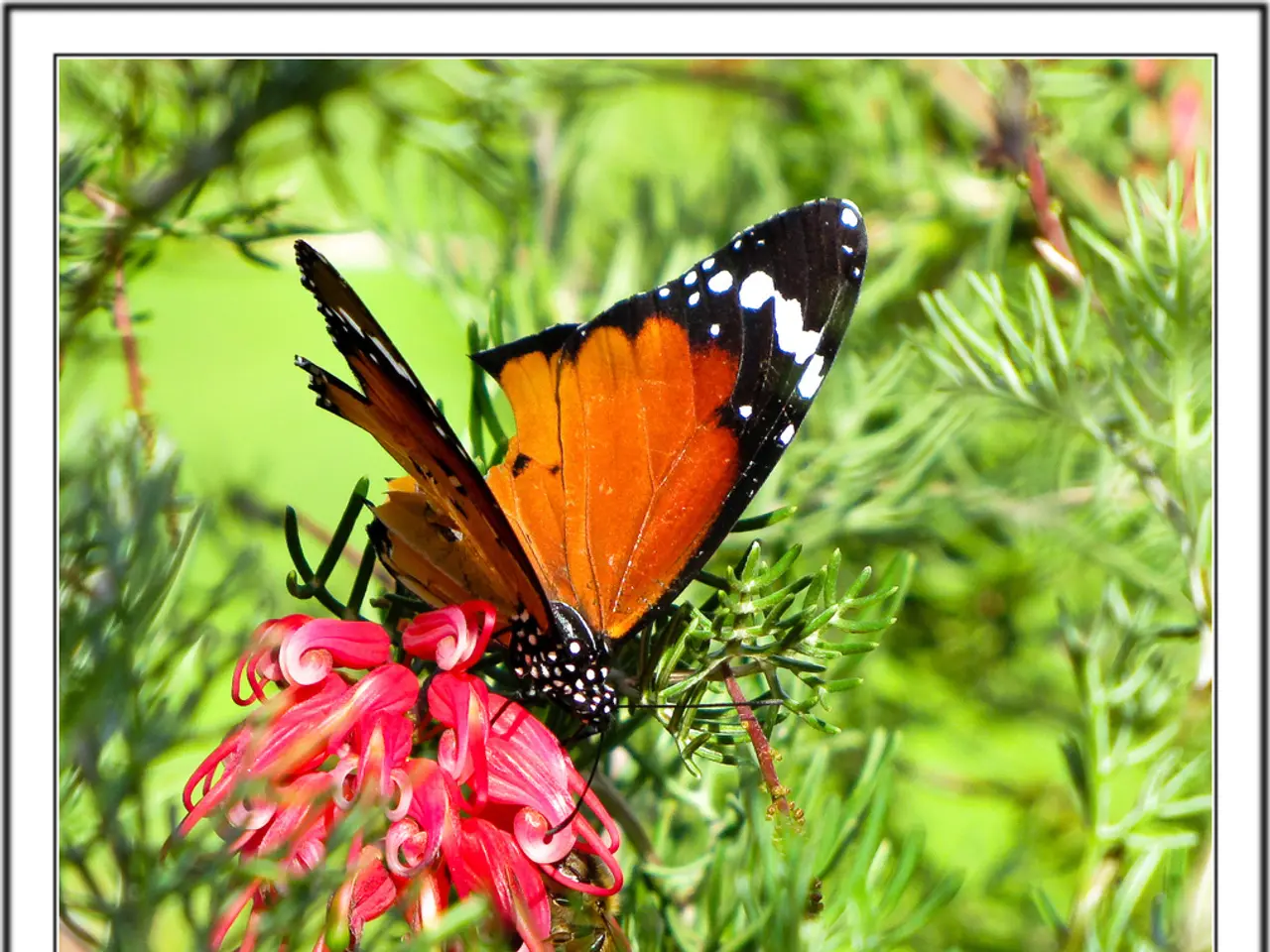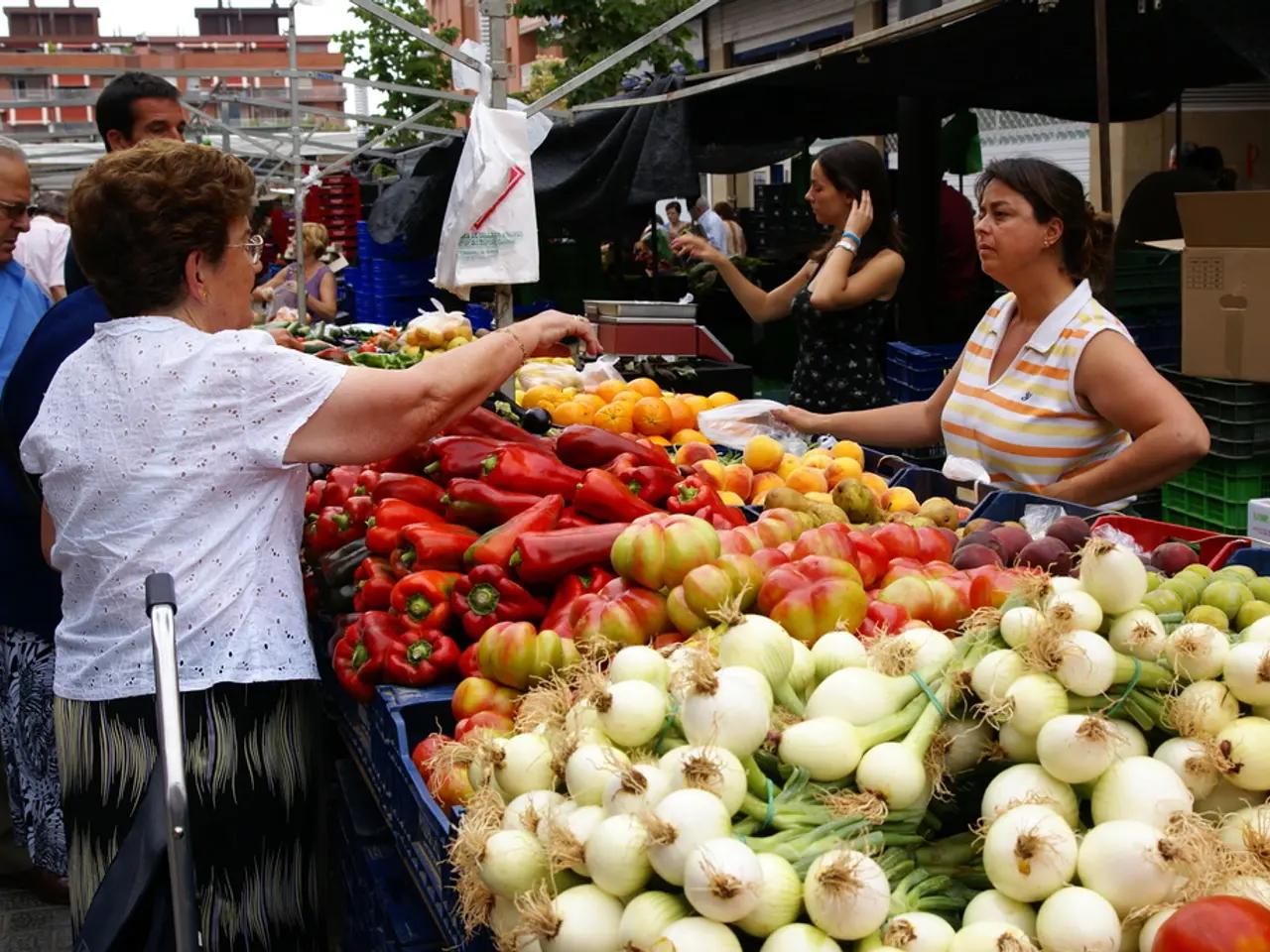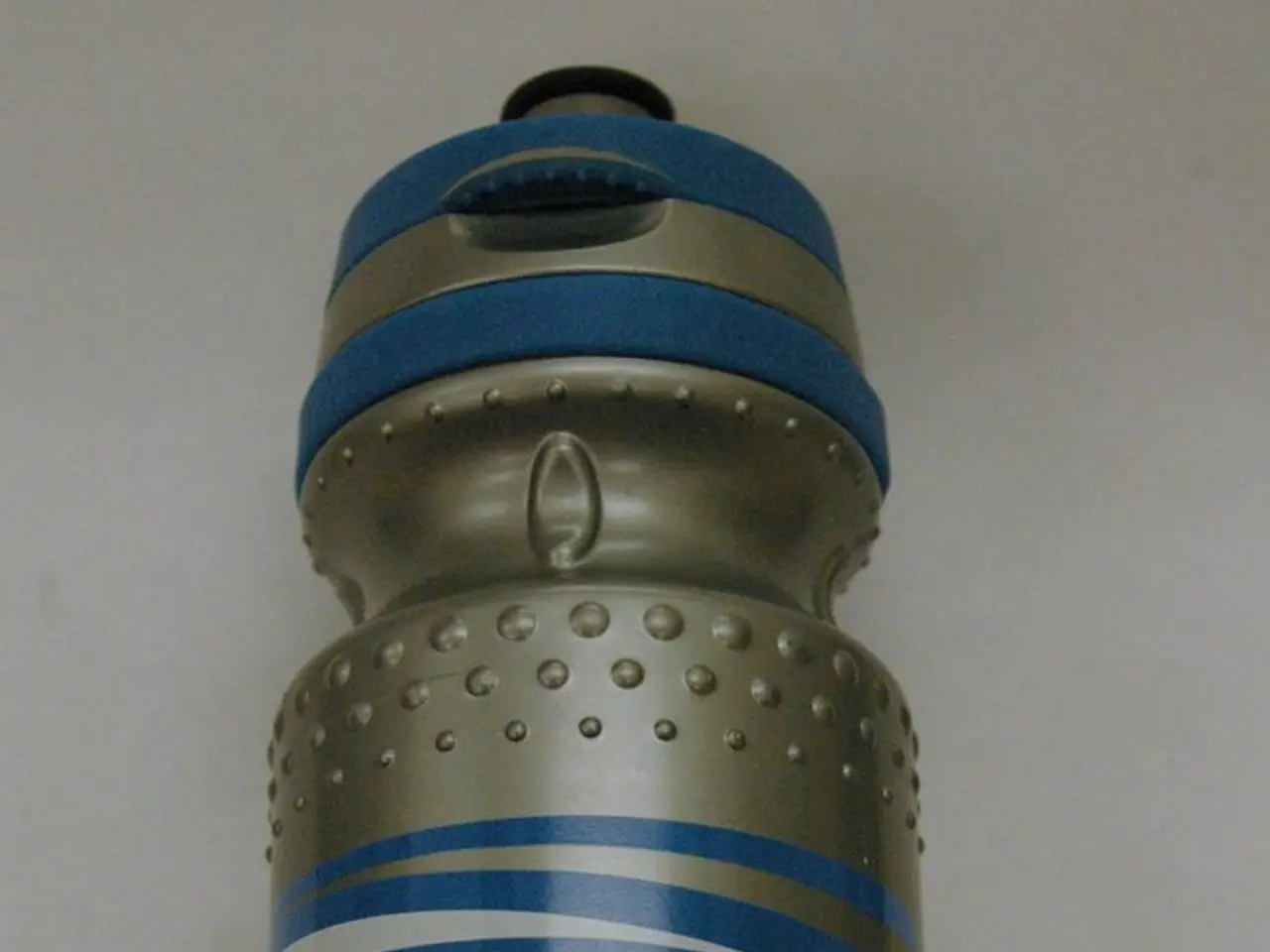Europe-wide Butterfly Census Empowering Citizens to Contribute
In the European Union (EU), the importance of biodiversity conservation is evident, with the Commission planning to allocate 10% of its budget to biodiversity in the 2026-2027 period. This commitment is reflected in the ongoing efforts to monitor and protect butterfly populations, which play a vital role in pollination and ecosystem health.
One of the longest-running monitoring schemes in Europe is the European Butterfly Monitoring Scheme (EBMS), providing valuable data on butterfly abundance and trends. The EBMS employs standardized transect counts across various locations, where observers record the number of butterflies seen along a fixed route.
The EU Pollinator Monitoring Scheme (EU-PoMS) is another initiative aiming to develop a comprehensive monitoring framework for pollinators, including butterflies. It builds upon previous projects like the STING and SPRING initiatives to refine monitoring methods across EU Member States.
Citizen science plays a significant role in butterfly monitoring, engaging volunteers in data collection. Standardized protocols ensure consistency and reliability, with many organizations, such as the Research Institute for Nature and Forest (INBO) in Belgium, adopting these methods. Local butterfly monitoring networks, like the "Vlinderdatabank" in Belgium, rely on a network of volunteers for observations and monitoring.
In Italy, the National Biodiversity Centre (Nbfc) project is actively involved in studying and protecting the biodiversity of butterflies. The transect method, developed by Ernie Pollard in 1974, will be the main sampling method for butterfly monitoring, involving 138 operators who support scientists in this endeavour.
The Nbfc project has also dedicated a new butterfly species to Giulio Regeni, a young Italian researcher, and is conducting long-term monitoring of nighttime macrolepidopteran communities using light traps.
Butterflies are often referred to as environmental sentinels due to their role in indicating the health and balance of the environment. As such, their populations are closely monitored, with the increase in the number of common butterfly species and populations within agricultural ecosystems by 2030 being one of the three indicators for EU member countries to show progress, as required by the EU Nature Restoration Regulation.
However, 18 butterfly species are considered at risk of extinction, representing 6.3% of the total. To address this, future initiatives aim to refine monitoring methods, enhance collaboration between professional and citizen science efforts, and integrate data into broader conservation strategies.
In addition, the EU is planning to establish a future European "nature credits" market, which could provide further opportunities for biodiversity conservation and the protection of endangered species like butterflies.
Lorenzo Ciccarese, head of the Ispra division, explains that Ispra will play a key role in drafting the national butterfly conservation plan. As the EU continues to focus on biodiversity conservation, the future looks promising for butterflies and the ecosystems they inhabit.
The EU Pollinator Monitoring Scheme (EU-PoMS) also focuses on butterflies, expanding their comprehensive monitoring framework across the EU Member States, building upon initiatives like STING and SPRING. Despite the vital role of butterflies as environmental sentinels, 18 species are at risk of extinction, necessitating improved monitoring methods, intensified collaboration, and data integration into broader conservation strategies.




